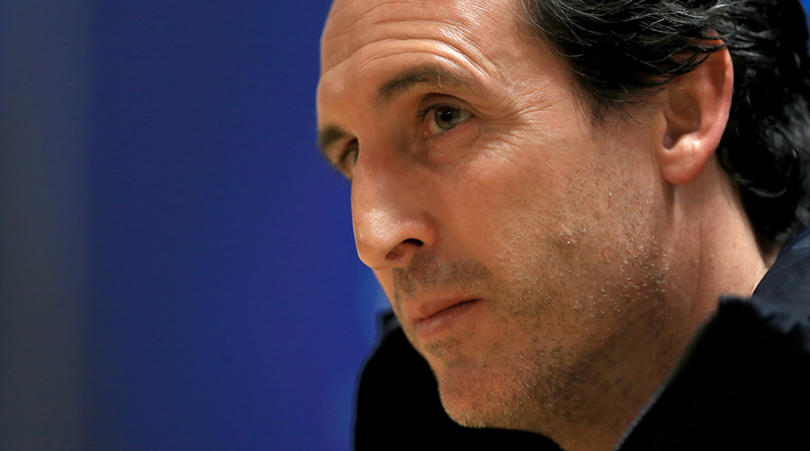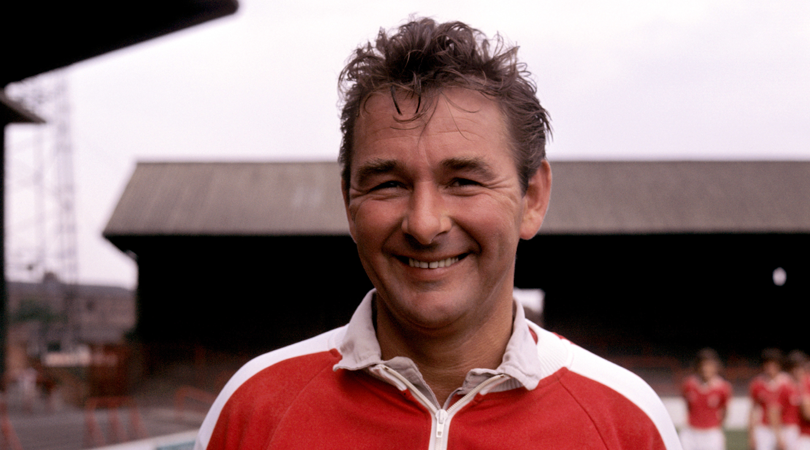How do you follow greatness? The glorious successes – and crushing failures – of 15 men who came next
After Zinedine Zidane resigned from Real Madrid having won three Champions Leagues in under three full seasons, his successor has almighty shoes to fill. As these examples show, it can be done - or it can go very wrong indeed
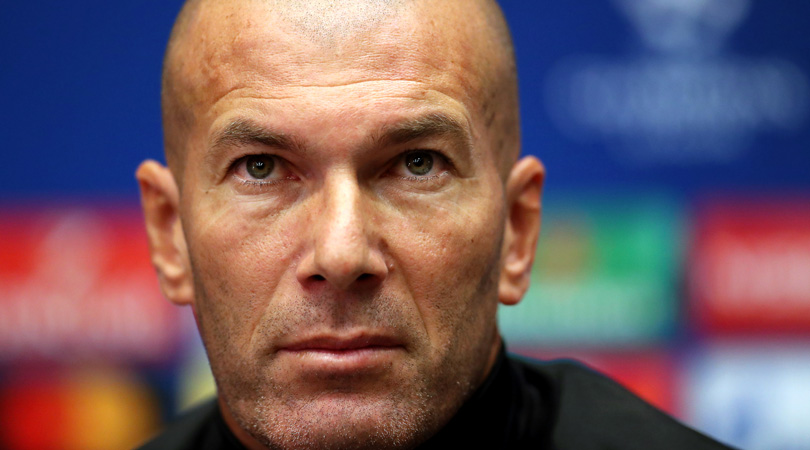
1. Bob Paisley (Liverpool 1974)
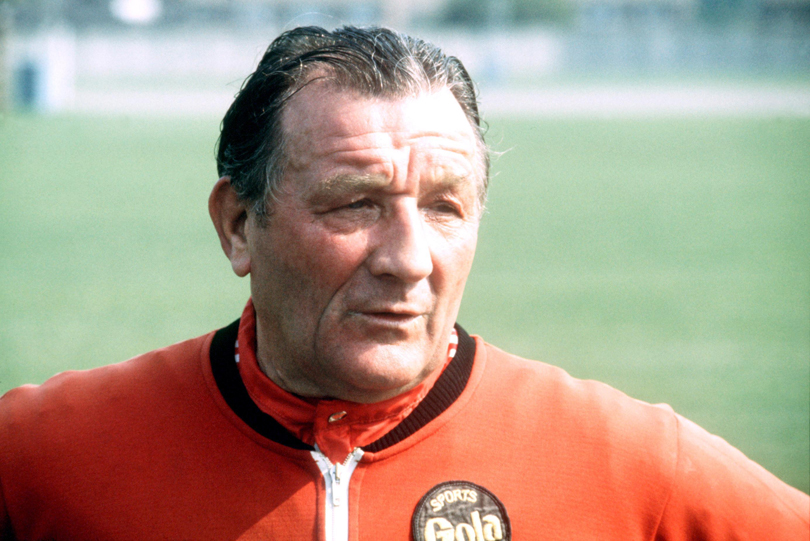
When Bill Shankly took over Liverpool on December 1, 1959, the Reds languished in the second tier. By the time he retired nearly 15 years later in August 1974, to be replaced by his assistant Paisley, they were English football’s dominant force. No pressure, Bob.
Previously an unassuming right-back and physio at Anfield, whose hole-filled cardigans and shabby slippers swiftly became sartorial trademarks, Paisley took the Scot’s passing philosophy, perfected it and won 20 trophies in the process. He was also the first manager to win three European Cups (later joined by Carlo Ancelotti and Zinedine Zidane). “It was like having your granddad in charge,” admits centre-back Mark Lawrenson. “He was just a really nice bloke.”
Before all that, however, pupil had to see off master. Unable to deal with retirement, Shankly had to be banned from arriving unannounced at Liverpool’s Melwood training ground, his presence undermining Paisley. There could only be one ‘boss’. Within three years, the one-time pit worker and bricklayer was guiding the Reds to a first European Cup, with a 3-1 victory against Borussia Monchengladbach in Rome’s Stadio Olimpico in 1977.
“This is the second time I’ve beaten the Germans here,” he cheered. “The first time was in 1944. I drove into Rome on a tank when the city was liberated.” The self-perpetuating cycle of the Boot Room had begun.
2. Ariel Ortega (Argentina 1994)
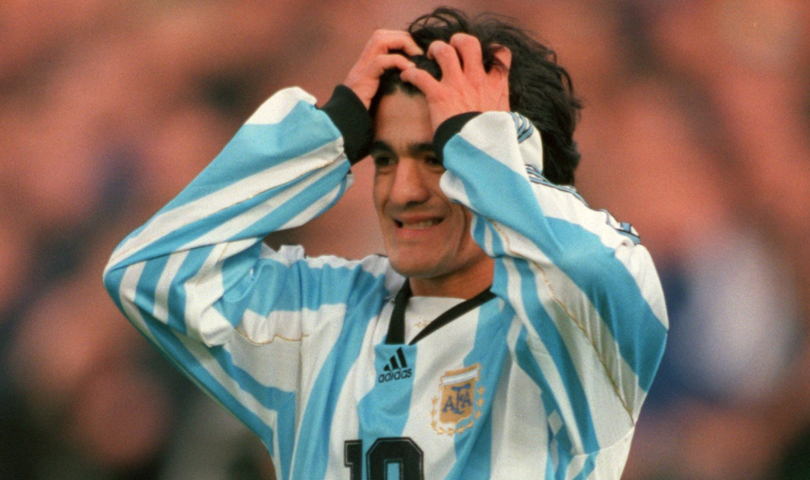
The first in a never-ending, pre-Messi phalanx of New Maradonas, Ortega is the original and best. Where others failed to match the hype with little more than an insouciant shrug – we’re looking at you, Juan Roman Riquelme – Ortega’s approach was the most, er, Maradonian.
The best features, fun and footballing quizzes, straight to your inbox every week.
He was selected in the USA '94 squad as a 17-year-old to ‘learn’ from a Maradona sent home for a failed drugs test, but the Little Donkey – he was as stubborn as a mule – undoubtedly had the talent. Seven league titles, one Copa Libertadores with first love River Plate and 87 Argentina caps are proof of that.
But battling alcoholism, a lax attitude towards training and a volatile temper (see France 98’s headbutt of Edwin van der Sar, following a balletic dive), the lank-haired playmaker couldn’t match his predecessor’s on-field majesty. The New Maradona curse was born.
“Everyone thinks the Little Donkey is a little idiot, but I think he is very intelligent,” pondered Maradona, who gave Ortega a sentimental international recall in 2010, seven years after his previous cap. “He spoke to me about how professional he was and also about how unprofessional he could be just because he f***ing felt like it.” So not that different after all, really.
3. Rafael Benitez (Inter 2010)
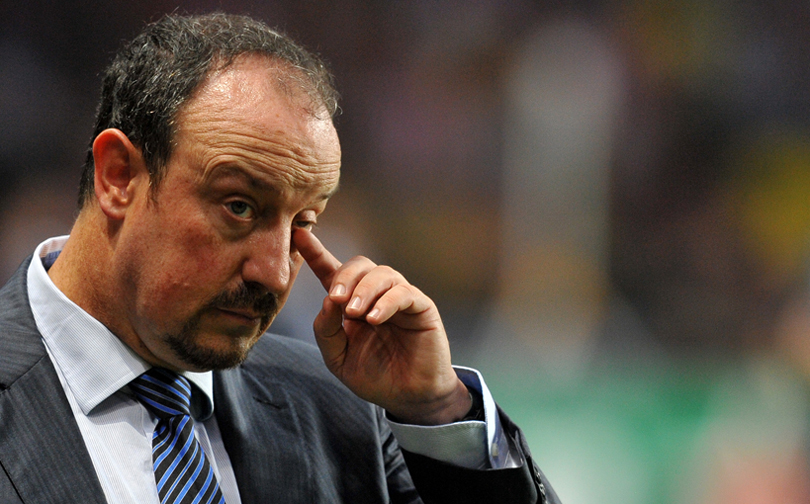
How do you follow a manager who you openly dislike, at a club that has just won an unprecedented treble, and is universally adored by the squad you’ve inherited? Whatever you do, don’t follow Benitez’s lead when taking over Jose Mourinho’s Inter in 2010.
The duo's antagonism spawned during their time as Liverpool and Chelsea managers. As such, the Spaniard allegedly took down every photograph featuring Mourinho from the Nerazzurri training ground, while questioning his new charges’ past fitness plans and attention levels.
“I don’t need photos to make those around me love me,” winked the Special One in response. “They carry me in their hearts.”
After safely negotiating the Italian Super Cup against Roma, a 2-0 defeat by Atletico Madrid in the European counterpart did little to bring fans or players onside. “Mourinho’s not here anymore,” Benitez spat at one press conference, “so if everything was so perfect then why did he leave?”
When the elephant in the room was brought up again after winning the Club World Cup in December – “I thought he was going to thank me for the title I gave him,” trilled Mourinho – Benitez issued a back-me-or-sack-me ultimatum to president Massimo Moratti. He chose the latter.
4. Marino Magrin (Juventus 1987)
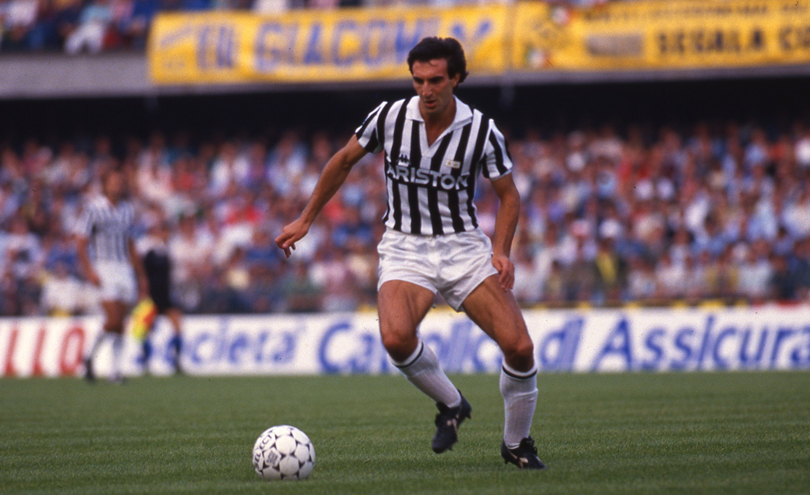
The laconic swagger, tousle of curls and delicious right foot with which Michel Platini illuminated a five-year, seven-trophy spell at Juventus in the mid-80s will never fade in Bianconeri minds. Platini’s replacement, after he retired at just 32 in 1987, didn’t quite leave such an indelible impression. Not in a good way, at least.
Magrin had been central to catapulting unfancied Atalanta from third tier to Serie A in three seasons, but was something of a low-rent alternative and lacked the game-changing magnificence of his Gallic predecessor. He even admitted as much during his unveiling in Turin.
“I know my limits,” sighed Magrin, “therefore I’m not going to try to replace a genius. I just hope to be able to fill up a bit of the gap that Platini’s departure has left.” Perhaps aware of the increasingly haunted look that Magrin was sporting, coach Rino Marchesi gave Platini’s legendary No.10 shirt to Luigi De Agostini. A left-back.
After one underwhelming season when even his trademark free-kicks failed to bring any relief, Magrin was cast to the bench in a team struggling to recover from the departures of Paolo Rossi, Marco Tardelli and Zbigniew Boniek: the heart of 1985’s European Cup-winning side.
He remains best remembered as one of the Bianconeri’s worst buys, and for singing Forza Atalanta – a 1984 update of the club’s hymn – with the confidence of a seasoned velvet-voiced crooner. Most Juve fans would wish he’d stuck to latter, instead of becoming the former.
5. Carlos Bilardo (Argentina 1978)
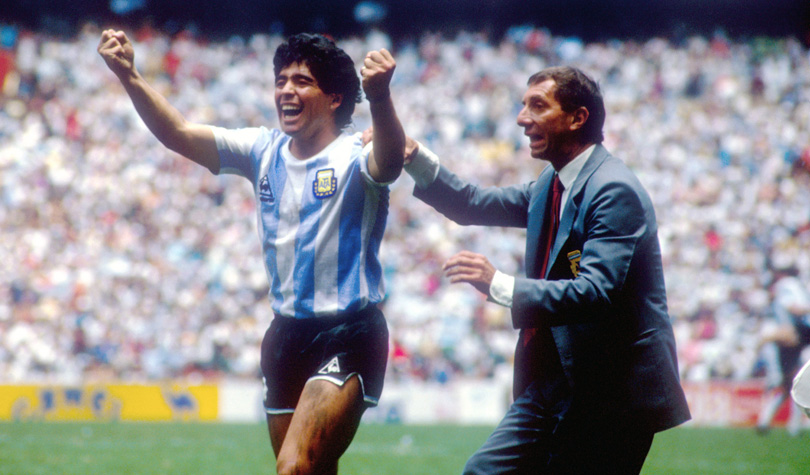
A chain-smoking, lamb chop sideburn-sporting coach (and part-time philosopher) who won Argentina’s first World Cup in 1978 with supreme panache, Cesar Luis Menotti wanted his teams to be beautiful and evolve.
Carlos Bilardo, his square-jawed, win-at-all-costs successor – a part-time gynaecologist in his playing days – couldn’t have been more different. “Being second is a failure,” he once thundered. “You play football to win. Shows are for the cinema or the theatre.”
Seeking detente, or at least a smooth handover between contrasting styles, the Argentine FA arranged a meeting in 1983. Menotti told the new guy what he thought of the squad. Predictably, Bilardo ignored most of it and did what he wanted regardless, while Menotti took frequent pot shots. They haven’t spoken since.
For all his Machiavellian ways – Brazilian forward Branco claims a bottle of water passed to him from the Argentine bench at Italia '90 was laced with tranquilisers – Bilardo was effective. Getting the best out of Diego Maradona, he lifted the World Cup in 1986 and reached the final four years later.
“Wherever I go around the world,” he beamed two years ago, “people roll out the red carpet for me.” Except in the Menotti household, obviously.
6. Mark Bosnich, Massimo Taibi, Fabien Barthez (Man United 1999)
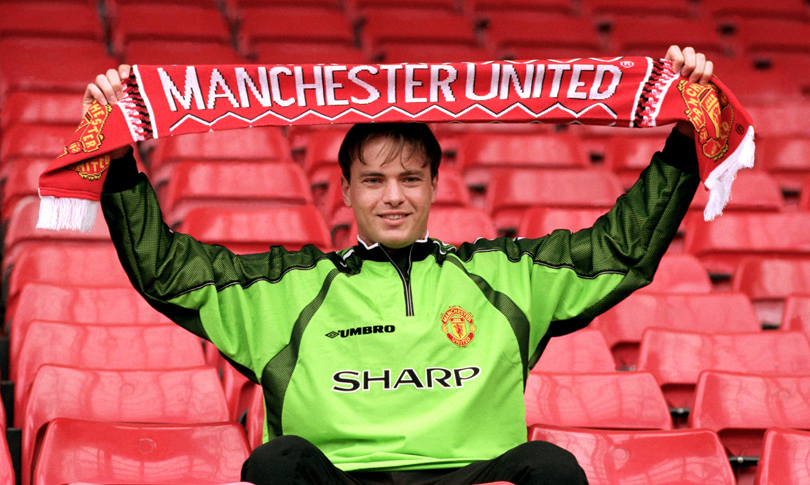
As the dust settled on Peter Schmeichel’s final 180 seconds as a Manchester United player at the Camp Nou in May 1999 (Bayern Munich, Sheringham, Solskjaer - you know the rest), the search began in earnest for a successor. The Premier League’s defining goalkeeper who won 15 trophies in eight seasons at Old Trafford, it took six years to find one worthy of his shirt.
Overweight and overly fond of a night out, Mark Bosnich (above) was so bad that Sir Alex Ferguson spent £4.5m on Massimo Taibi, the ‘Blind Venetian’ who allowed a 25-yard Matt Le Tissier pea-roller under his body and through his legs in his second game.
After a solid start, summer 2000 recruit Fabien Barthez was too busy waving at Linda Evangelista to notice his form deteriorating post-2002. Cue a tug of war between Roy Carroll – he of the Pedro Mendes ghost goal – and an error-prone Tim Howard, who later became one of the league’s most consistent stoppers.
Then, in 2005, Fergie bought Edwin van der Sar. Six years later, problem solved.
7. Bobby Robson (Barcelona 1996)
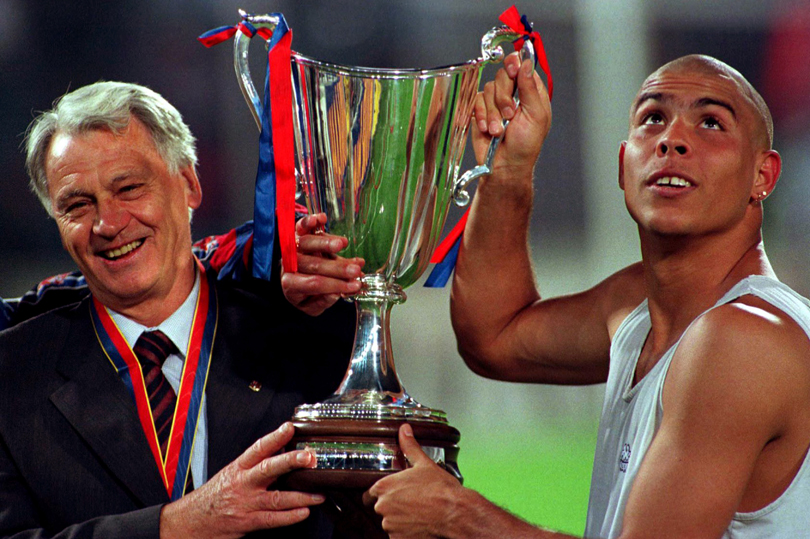
In Barcelona, there was no higher being that Johan Cruyff. As a player in the late 1970s, El Salvador propelled LosCules into the footballing stratosphere, before doing so again as manager with a then-record 11 trophies in eight years from 1988.
Yet when the abrasive Dutchman fired one pot shot too many at president Josep Lluis Nunez in May 1996, the avuncular ‘Mister Bobby’ replaced 'Pythagoras in Boots' in the Camp Nou dugout. Long-time friends, stability, success and silence were what Nunez wanted.
Alongside assistant-cum-translator Jose Mourinho, Robson overcame the fans’ initial chagrin and persistent rumours linking Louis van Gaal with his job to win the European Cup Winners’ Cup, Copa del Rey and Spanish Super Cup. Crucially, however, the league remained elusive, and the genial Geordie was ‘moved upstairs’ to make way for Van Gaal, despite being voted European Manager of the Year.
8. Freddy Shepherd (Newcastle 1996)
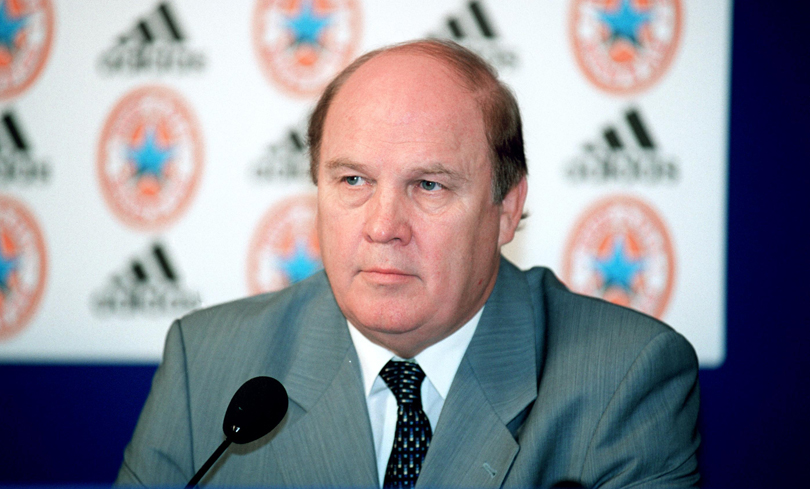
It’s not just players and managers who can struggle to live up to lofty expectations.
A miner’s son from Ashington, Northumberland, Sir John Hall took Newcastle from the brink of the Third Division in February 1992 – hiring folk hero Kevin Keegan in the process – to challenging Manchester United for the Premier League title three years later.
His successor Freddy Shepherd, meanwhile, is best remembered for calling all female Magpies fans “dogs” and Alan Shearer “the Mary Poppins of football” while frequenting a Spanish brothel in 1998. Not ideal.
9. Every Benfica manager since 1962
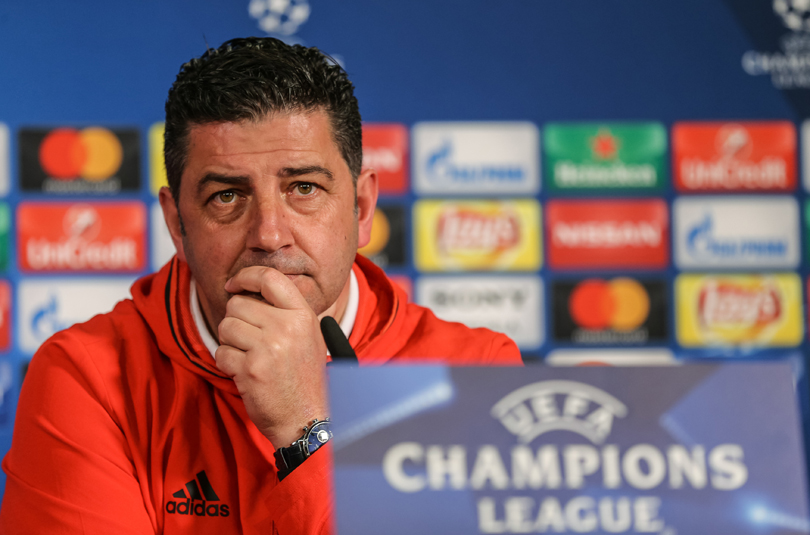
May 22, 1990, and at Vienna’s Zentralfriedhof cemetery, a square-shouldered 48-year-old man kneels, weeping, praying, pleading at an unassuming grave. Twenty-four hours later, at the city’s Praterstadion, Eusebio had his answer: Benfica had lost the European Cup final 1-0 to Milan. Not even the prayers of the Eagles’ greatest ever player could lift the curse of Bela Guttmann.
A trained dance teacher and Holocaust survivor from Hungary, the belligerent coach won successive European crowns with the Portuguese giants in 1961 and 1962. Refused a bonus after retaining the trophy against the mighty Real Madrid of Alfredo Di Stefano, Ferenc Puskas and Paco Gento – who had won five of six previous tournaments – Guttmann resigned, proclaiming: “Not in 100 years from now will Benfica ever be European champion.”
Eight-time beaten continental finalists since, almost 50 managers have tried and failed to break the hex. When Branislav Ivanovic’s looping header arced towards goal in injury time of Chelsea’s Europa League final triumph in May 2013, deep down, every Eagles fan knew where the ball was going. When they went to penalties against Sevilla the following season, it was a foregone conclusion.
10. Per Pedersen (Blackburn 1997)
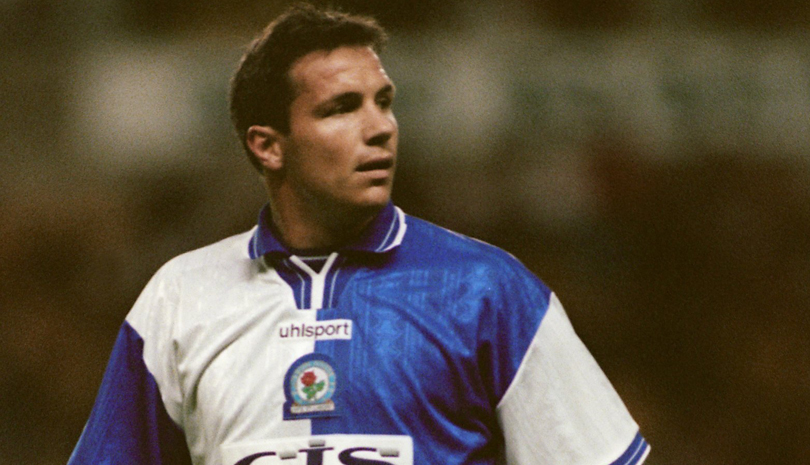
Alan Shearer scored a lot of goals for Blackburn Rovers. He also won a league title. His replacement Per Pedersen did neither of those things.
Mired in a relegation fight seven months after reinvesting none of a world-record £15m from Newcastle for Shearer, Rovers saw fit to pay Odense £2.5m – a record receipt for a Danish club – for the rangy 27-year-old in February 1997.
Pedersen’s return of one goal in 11 appearances – a close-range header from which he injured himself in a 1-1 draw at Chelsea, thanks for asking – was probably not what they had in mind when replacing the most potent centre-forward of his generation. The not-so-great Dane spent the following season on loan at Borussia Monchengladbach, before moving to Racing Strasbourg.
“The worst signing in Rovers history,” according to a number of posts on Rovers forums. And they saw Corrado Grabbi play.
11. George Knobel (Ajax 1973)
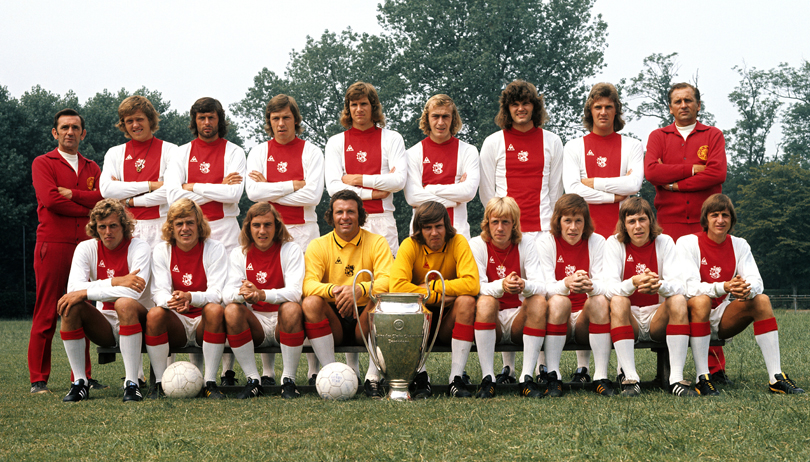
Total Football: two words that made Europe’s elite quiver in the 1970s. The brainchild of disciplinarian coach Rinus Michels – who left Ajax for Barcelona after winning the first of the Amsterdam club’s European Cup hat-trick in 1971 – the Dutchman’s jovial successor, Stefan Kovacs, allowed Ajax’s collective dilettantism to truly flower. But discipline evaporated, despite winning everything in sight up to 1973.
When George Knobel (on far left above) took over that summer, things truly fell apart. “I expected to work with the best professionals who ever played football,” huffed Knobel, who many players felt lacked sufficient gravitas to manage them. “But the players were thinking they could go to the clouds. They were arrogant.”
Johan Cruyff lost a captaincy vote – the mischievously minded suggesting he voted against himself – and immediately rejoined Michels at Barça. Within four years, eight more had departed.
“It was like the break up of The Beatles,” recalled midfield metronome Arnold Muhren. “In the beginning, like them, we had enthusiasm to play together. But later it was gone. We were still the same players, but everyone was starting to go their own way. If you don’t have any pleasure in football, it goes wrong.”
Alienating most the squad, Knobel lasted just one trophyless season, succeeding Michels in the Holland dugout after the 1974 World Cup. Dealing with many of the same players who already hated his guts, Euro '76 ended with a semi-final defeat to Czechoslovakia, the first of many Dutch self-implosions.
12. Xavi (Barcelona 1998)
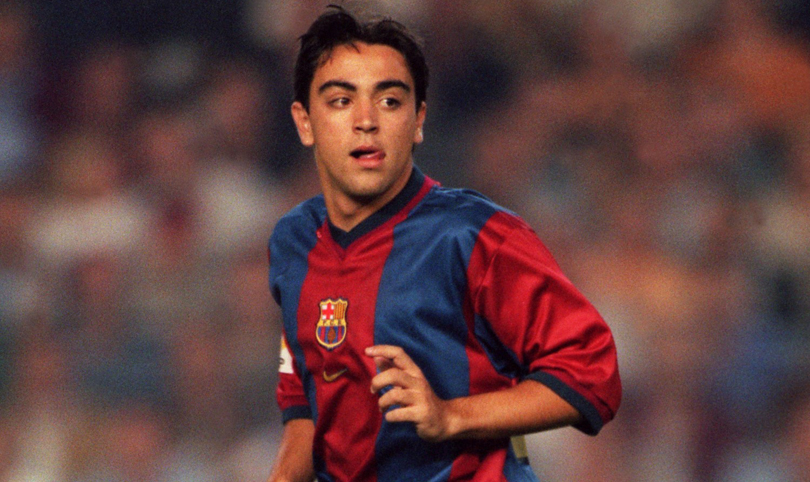
The Camp Nou can be an unforgiving mistress; just ask Luis Figo. There may have been fewer pigs’ heads to greet Xavi’s early Barcelona days, but the prospect of replacing midfield kingpin Pep Guardiola still produced some surprising invective from the Catalan faithful.
From letters written to Spanish sports papers, to the odd whistle of discontent at the ground, the idea of a young upstart ousting a 27-year-old Guardiola in 1998 was far from welcomed. “We’re not good at handling change here. The new guy is sometimes looked at like the bad guy,” Xavi later admitted. “As a player, I needed Pep to go, but then I loved it when he came back as a manager.”
His genius slowly appreciated, the 5ft 5in playmaker won every trophy imaginable and left in 2015 holding Barcelona's all-time appearance record.
“From the first moment I saw him play,” mentor Guardiola once said, “I knew he would become the brain behind Barcelona for many years to come. He plays much better than I ever played even when I was at my best.”
13. Kenny Dalglish (Liverpool 1977)
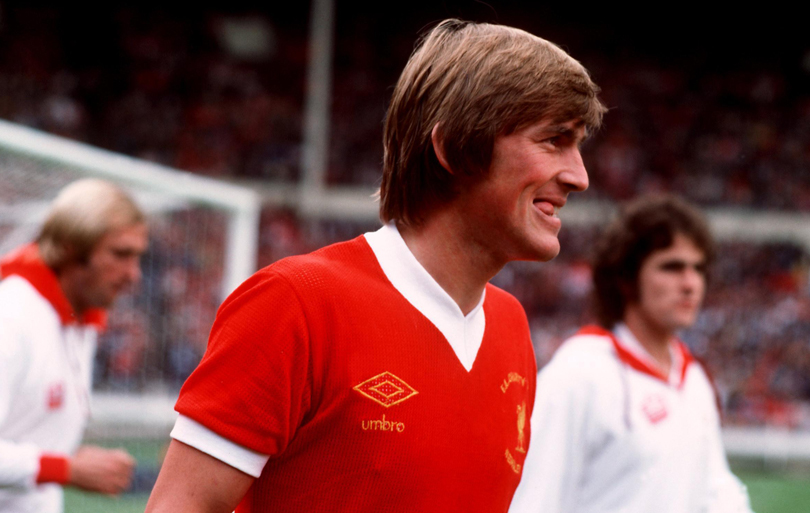
“Quick,” whispered Bob Paisley to club secretary Peter Robinson in August 1977, “We’d better get out of Glasgow before they realise what they’ve done.” If Celtic thought they’d got a good deal in negotiating a British record £400,000 for Dalglish, his new Liverpool manager certainly believed his ready-made Kevin Keegan replacement was worth it.
The Hamburg-bound Keegan had thrilled Anfield for six seasons, a perma-permed blur of tree-trunk thighs and whippet-sharp reactions culminating in the 1977 European Cup. More sinuous in shape and cerebral of thought, Dalglish adapted his game to suit his partner – John Toshack, David Johnson or Ian Rush – but the vision and eye for goal were ever-present.
In his 14-year first spell on Merseyside as a player and manager, 25 trophies passed through the bulging Anfield trophy room. Voted top of fan poll 100 Players Who Shook the Kop, Dalglish achieved the impossible: besting Keegan.
“When Kenny shines, the whole team is illuminated,” Paisley once said. “I’ve seen him pull players into the game without them even realising it. It’s almost hypnotic. He points and they start playing. Therein lies his genius.”
14. Thiago Silva (Milan 2009)
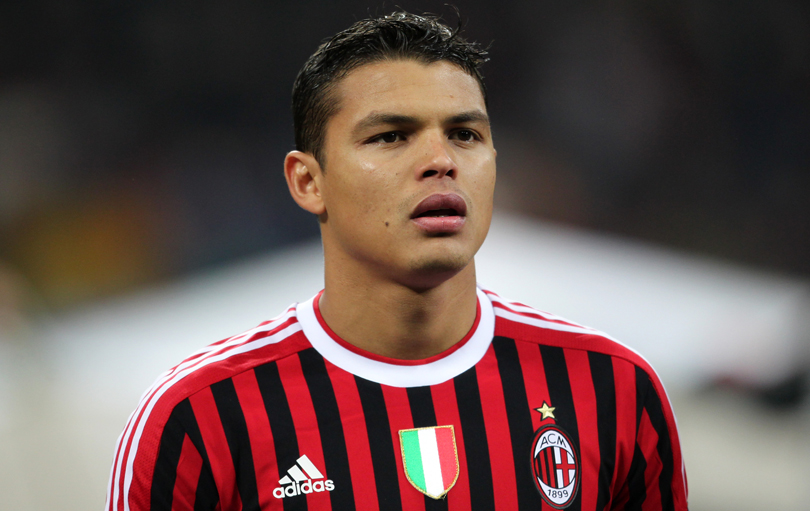
“Paolo Maldini is a legend,” declared the Brazilian centre-back on the eve of his Milan debut in August 2009, nine months after arriving from Fluminense. “But I’m not scared of replacing him. I’m ready.”
It was a bold statement – especially for someone with no games for Milan, compared to the recently retired Capitano’s 902 – but Maldini’s heir presumptive hadn’t been idle in the time it took to get international clearance from the EU. Under the guidance of assistant manager Mauro Tassotti, a Rossoneri right-back mainstay for 15 years, the dark arts needed to succeed in Serie A were swiftly imparted. He was ready, alright.
Choosing the No.33 (or two Maldini No.3s), nagging muscle problems marred Silva’s first season, but when he played, the elegant positioning was straight from his predecessor’s playbook. A year later, the 2010/11 Serie A title followed, plus the award for the league’s best defender.
Despite joining PSG in 2012, prompting angry fan protests and returned season tickets, the San Siro retains its allure. “I’ll return one day,” he's said since. “The Milan jersey is still in my heart. I dream of becoming Milan captain.” There may never be another Maldini, but Silva certainly gave the Rossoneri a fine fill-in post-Paolo.
15. David Moyes (Manchester United 2013)
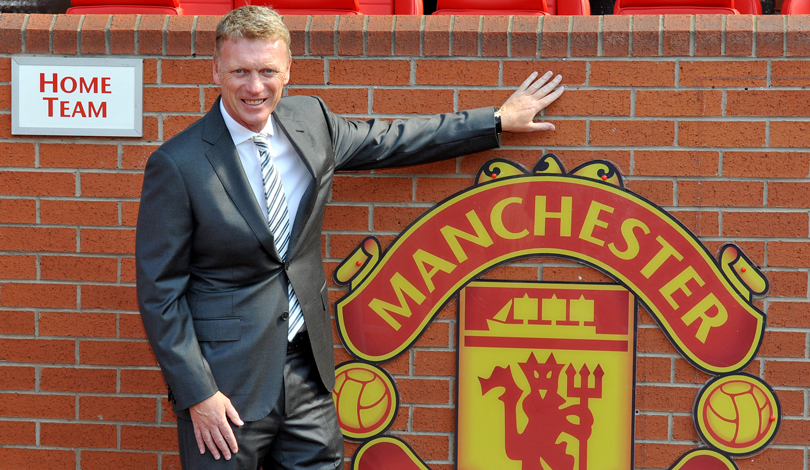
Stalin thought he’d live forever. It took months of political backstabbing – almost literally in executed former KGB head Lavrentiy Beria’s case – before Nikita Khrushchev emerged as the Soviet Union’s successor in late 1953, because Uncle Joe refused to plan for either death or retirement.
Manchester United’s own dictator wanted a bloodless revolution after vacating the Old Trafford hot seat after 26 years and 38 trophies in 2013, so Sir Alex Ferguson’s Chosen One was Everton boss David Moyes. Real Madrid’s departing manager Jose Mourinho assumed the job was his, but the Scot anointed his compatriot as a 'safe pair of hands' successor. Without Fergie’s iron fist, Moyes struggled to command a dressing room, especially when he banned chips from the canteen “because a couple of players were overweight”.
Similarly unable to sign his first-choice players – Cesc Fabregas went to Chelsea instead – Moyes’s ageing squad limped to seventh and he got the bullet in April 2014, just nine months into the job. “If I knew I was going to only have 10 months, and not six years, I would have approached the whole job differently,” Moyes later told FFT, not unreasonably. “I felt I deserved more time.”
Louis van Gaal and the Special One succeeded the Chosen One, but Fergie’s history still looms large.
This feature originally appeared in the August 2013 issue of FourFourTwo. Subscribe!
Andrew Murray is a freelance journalist, who regularly contributes to both the FourFourTwo magazine and website. Formerly a senior staff writer at FFT and a fluent Spanish speaker, he has interviewed major names such as Virgil van Dijk, Mohamed Salah, Sergio Aguero and Xavi. He was also named PPA New Consumer Journalist of the Year 2015.
